WIESBADEN, Germany -- Over the next four years, Department of Defense school projects in Europe will bring almost $300 million in renovations and construction projects to the Army engineers in Europe.
Because of the Department of Defense Dependents Schools-Europe's sudden upsurge in projects, the U.S. Army Corps of Engineers Europe District has worked on developing more focused project delivery teams to effectively manage the program, said Doug Delaney, the District's DoDDS program manager.
"Not only do these projects have large dollar amounts attached to them - designing and constructing educational facilities requires a different approach and way of thinking," he said.
In fiscal year 2009, the District's DoDDS program only totaled $15 million. Today, major upcoming projects include a new high school in Kaiserslautern, new elementary and high schools at BAfAPblingen, and new elementary, middle and high schools at SHAPE.
Unlike other projects, constructing new schools can happen close to or even on active campuses, affecting construction schedules and, more importantly, safety issues, Delaney said.
"We have to ensure as we work on these projects that we are conscious of the students - how are we going to work around the students and around their schedules; how are we going to keep the students safe," he said. "We try and get them moved out of the area and work around their school schedules, such as doing as much work off site as possible and working during their summer break."
However, even those located away from active school campuses can present their own unique challenges.
In the heavily wooded BAfAPblingen Training Area near Stuttgart, for instance, a prehistoric burial ground and zone of potential artifacts is located on the project site, causing issues, said Steve Umbrell, a District project manager.
"We are working closely with the German authorities who will do a search of the zone to document any findings and then move it. The burial mound will be avoided altogether," Umbrell said. "We've been very attentive to the environmental factors we're facing with this site and our environmental teams have been on board early to help us determine necessary mitigation measures as we progress."
In Kaiserslautern, Vogelweh Military Community is seeing a transformation that puts multiple projects in close proximity of each other, said Kelley Grant, a District project manager.
"Because there are a lot of projects going on in this area that are in close proximity to each other, coordination is key to avoid creating a domino effect," Grant said. "We're working closely with the base, the German construction agencies and other stakeholders to address potential challenges now so we can address issues up front before they become problems."
With field engineers already on site for demolition projects in the area, Grant said they were able to get involved early and provide valuable input on schedules keeping design running smoothly.
But no matter what the issue, Delaney said the most important thing the project teams can and are doing is communicating with their DoDDS counterparts and with the community to ensure the district delivers quality facilities that meet the students' and teachers' needs.
"There's so much work going on here and I want to ensure we can all give these projects the attention they deserve. I very much want this program to result in major successes," he said.
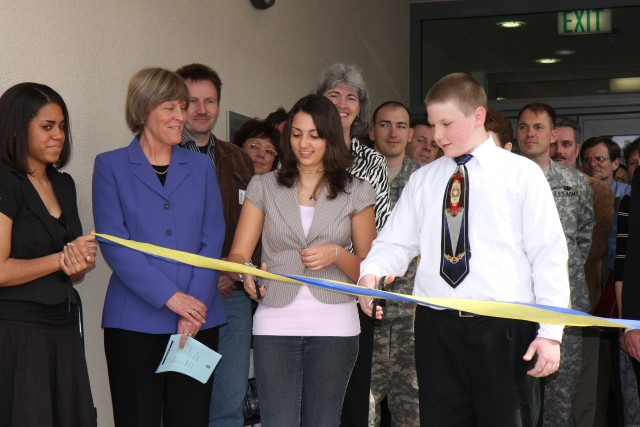
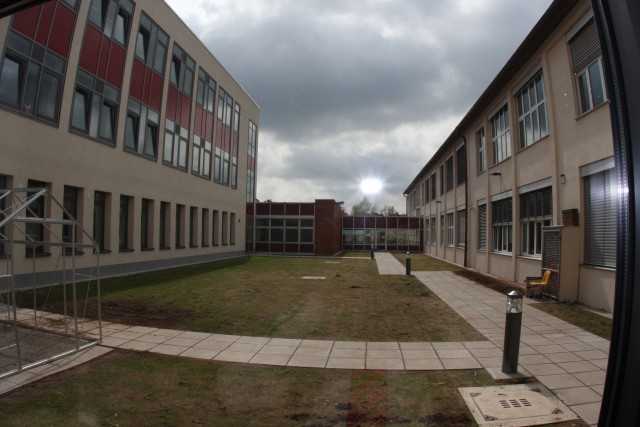
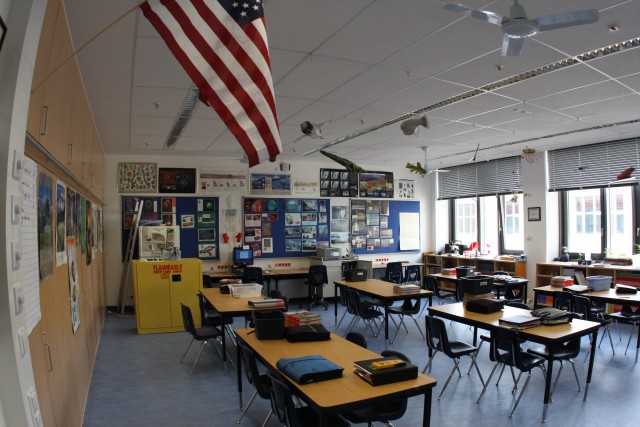
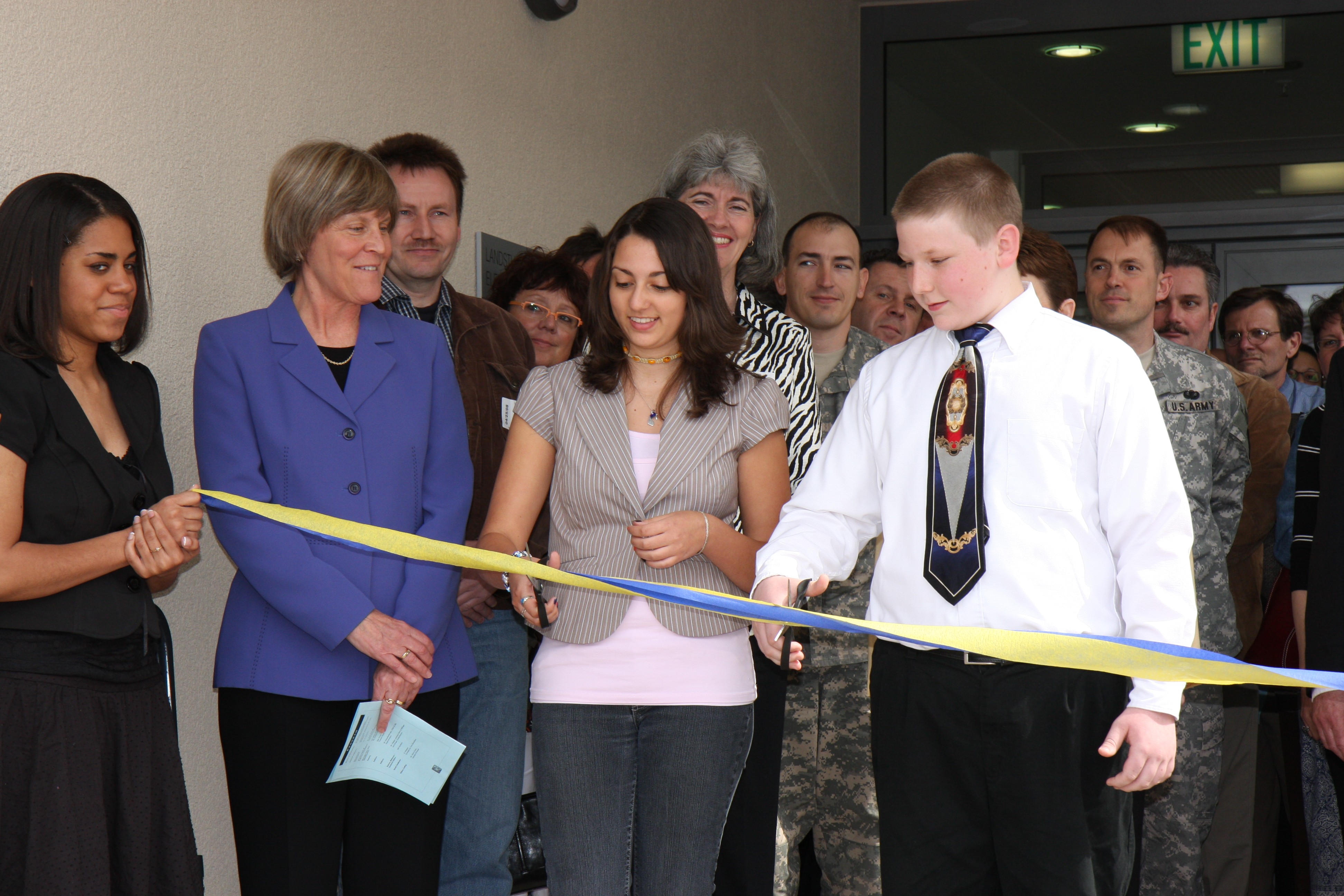
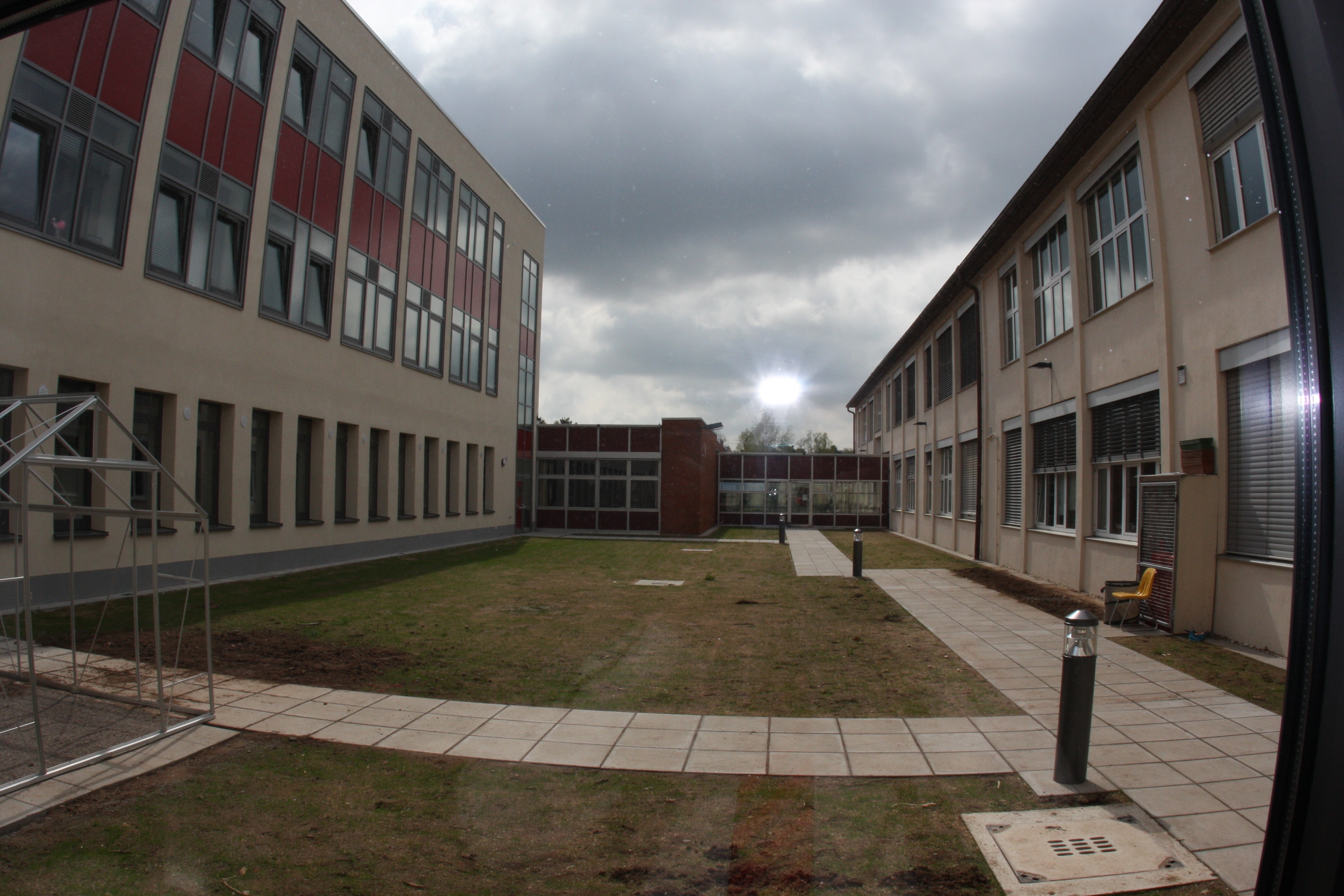
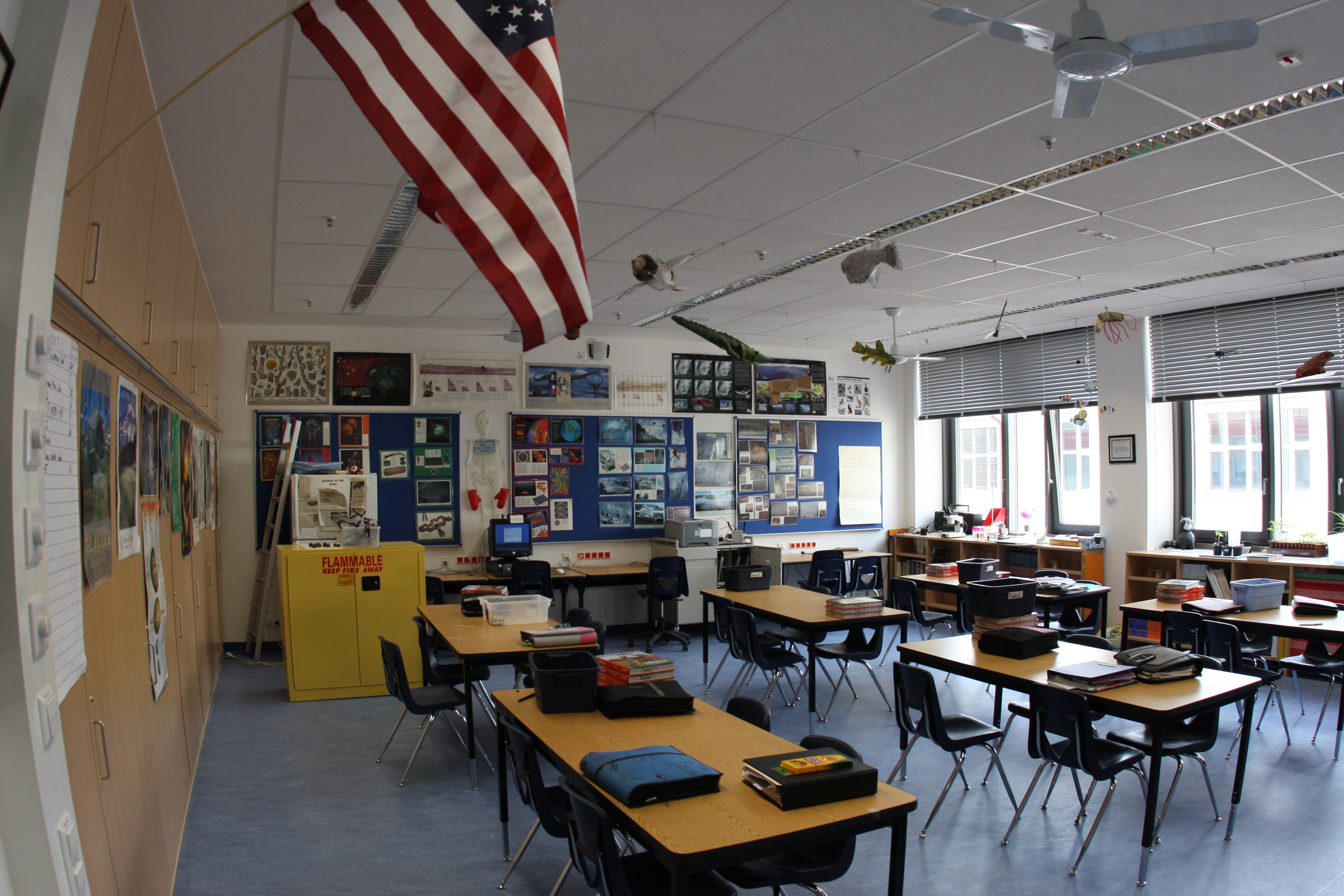
Social Sharing